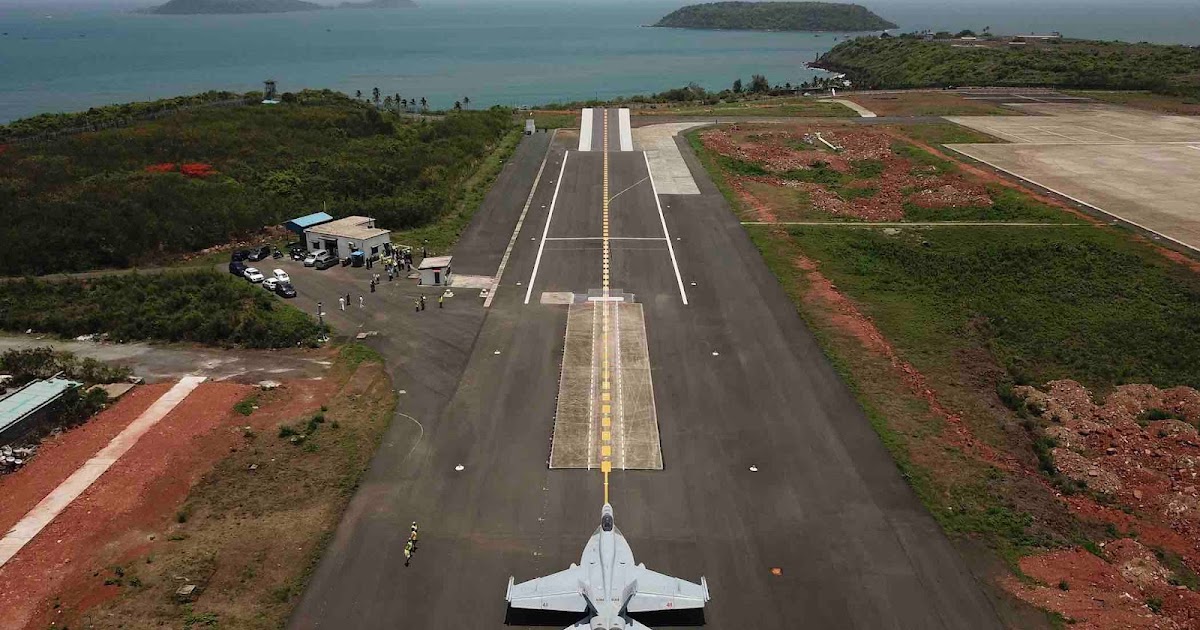
The Rafale fighter also passed the tests in January, but does not have a two-seater variant, which the Indian Navy demands
By Vikas Gupta
Defence News of India, 21 July 22
After successfully demonstrating its ability to land and take off from the ski jumps that equip the two Indian aircraft carriers, The Boeing Company (Boeing) is confident that the aircraft it is proposing – the F/A-18 Super Hornet Block III – is in pole position to win the Indian Navy’s tender for initially 26, increasing to 57, multi-role carrier-based fighters (MRCBFs).
“Even though the Super Hornet was originally designed to operate from a catapult launch environment, the jet is so powerful that it is capable of easily performing ski jump launches under its own power with heavy payloads,” said Alain Garcia, Boeing’s defense. head in India.
The Boeing Super Hornet challenging in the MRCBF race is the naval version of the French Rafale fighter – called the Rafale Marine. However, the Rafale Marine only has a single-seat version, while the Indian Navy requires both single-seat and two-seat variants.
A two-seat fighter offers several unique advantages, such as mission flexibility, higher fleet utilization, and the ability to fly high workload missions that require a second crew member. Additionally, a two-seater fighter can also be used as a trainer.
“The competitor (the Rafale Marine) does not offer a two-seater platform capable of carrying. So the fact that we can offer a two-seat platform capable of carrying aircraft gives a lot of flexibility from a training perspective and a mission perspective to the Indian Navy,” Garcia said.
In January, the Rafale Marine underwent tests at the shore based test facility (SBTF) in Goa to demonstrate its ability to operate off India’s two aircraft carriers – INS Vikramaditya and INS Vikrant. Now it was the Super Hornet’s turn.
During testing in Goa, two US Navy F/A-18E/F Super Hornets performed multiple ski jumps, roll and fly arrested landings, as well as performance flights, in a variety of weights in the air-to-air, air-to-ground and air-to-ground configurations, meeting Indian Navy test requirements, Boeing announced on Wednesday.
“With the Super Hornet Block III, the Indian Navy would not only get the most advanced
platform, but would also benefit from tactics, upgrades and knowledge related to the
the naval aviation ecosystem that the U.S. Navy offers,” Garcia said.
Boeing announced on Wednesday that Super Hornet testing in Goa was preceded by internal testing in 2020 at Naval Air Station, Patuxent River, Maryland. This included eight ski jump takeoffs, in various weights and configurations, and had demonstrated the Super Hornet’s ability to operate from a “short takeoff but arrested recovery” (STOBAR) aircraft carrier.
The Super Hornet Block III is the US Navy’s premier fighter, with more than 800 aircraft delivered worldwide and more than 2.5 million logged flight hours. The United States Navy intends to keep the Super Hornet in service until beyond 2035.
To this end, multi-billion dollar investments have been made to increase the airframe life of the Super Hornet Block III to 10,000 hours from 6,000 hours in the Block II, reduce the radar section and incorporate a cockpit advanced with a large display area.
Published figures reveal that the Super Hornet Block III has the lowest cost per flight hour of any US military fighter aircraft. It was designed from the ground up for transport operations and requires no modification to operate on the deck, hangar and elevators of Indian carriers.
The F/A-18 Super Hornet Block III uses the General Electric F-414 engine, which is from the same family that powers the Tejas Mark I fighter and could continue to power its Mark 1A and Mark 2 versions. This uniformity will result in economies of scale, reducing the cost of engines, which amount to a third of the cost of a fighter aircraft.






